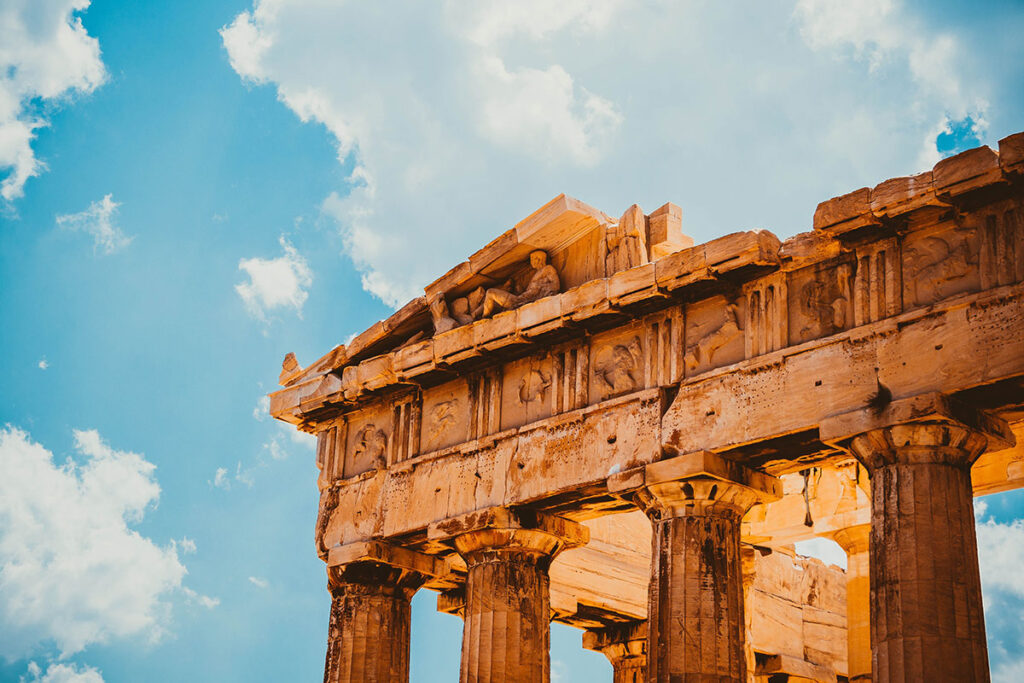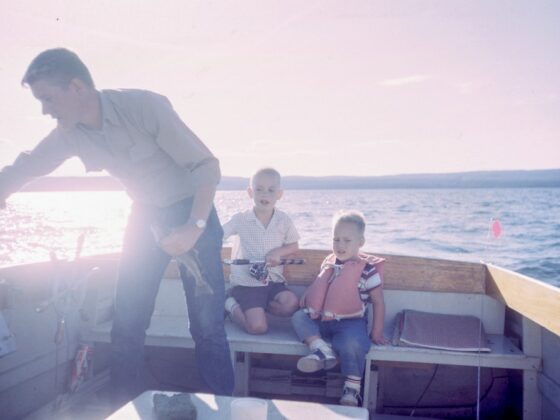Calling all architects! Do your little learners have what it takes to build a structure as strong as the Parthenon in Greece with just two materials? (Hint: it’s all in the pressure distribution!)
What you need:
- Paper cups
- Metal baking sheets
What you do:
This time, we don’t have too many instructions! This is all about trial and error. Try to build a structure using the cups and baking sheets that can hold up various household items. Can it hold up a dictionary? What about FIVE dictionaries? Can it hold up the family cat? Can you stand on it and have it hold YOU up? There is a way! Just find the right balance. Once kids have mastered that, challenge them to add more floors to their structure and try again.
Questions to consider:
- What structures held up the most weight?
- What worked better: more or less cups?
- Can you think of other materials that might work similarly?
Why it works:
If you try to stand on one paper cup, it’ll crush under the pressure of your weight. The trick is to fit as many cups as possible upside down under the cookie sheet. This is the principle of pressure distribution. The more cups, the more points for the pressure to spread over, making each cup take on a lighter load than just one cup handling the entire thing by itself. This is similar to the age-old bed of nails circus trick! When a performer lies on a bed of nails, the nails do not prick them because their body’s weight pressure is evenly distributed over many nails instead of focused on just one!





